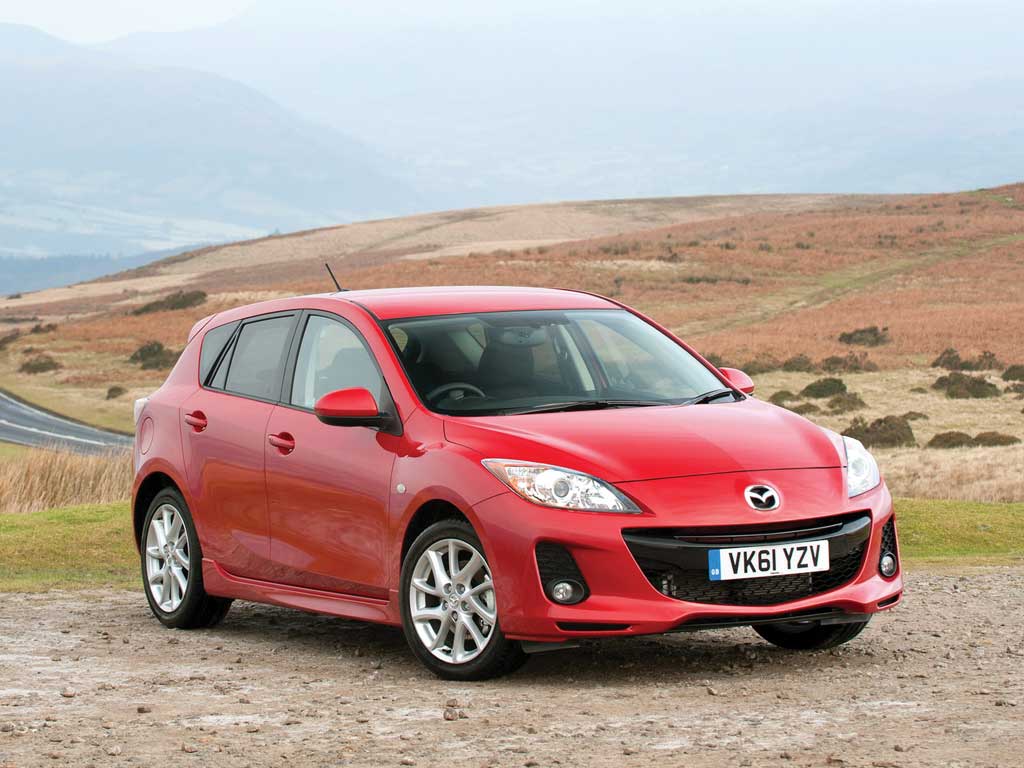

Hi Doc,
An unusual request that perhaps could be included in future road tests.
Some five years ago, a new neighbour very heavily grounded his new BMW 3 Series between the driveway and pavement. As I was cutting the lawn and heard the noise, I went over to help. Armed with two trolley jacks and two lengths of 4×2 timber, everything was soon sorted.
Today I watched in surprise as the next-door neighbour’s wife crossed the road while her husband reversed out of their driveway. She explained that the 19-plate Mercedes-AMG often grounded with two people inside. Their garage door is some 18 inches lower than the pavement over some 15 feet. My driveway is alongside and none of my previous cars, nor my 2011 Mazda 3 has grounded, even with three people inside.
Is this now becoming a common problem and are EVs more likely to ground? Perhaps your new car testers can help out with their knowledge.
The next question is: are EV batteries shielded against such an occurrence?
Many thanks once again for all your hard work in keeping an excellent magazine going.
Bob
Hello Bob,
An interesting question. I’m not sure this is a particularly new trend. I’d actually say that it will become less of a problem as buyers flock to high-riding crossovers and SUVs. Just look at the number of otherwise ordinary cars that are given the crossover treatment. Even the Ford Fiesta and Kia Picanto are available as jacked-up runabouts. The other thing to consider is that, although we (rightly) complain about our roads, they are like ribbons of silk compared with roads in Eastern Europe and developing nations. It’s why oddballs like the Volvo S60 Cross Country exist. I might be in danger of wandering way off-topic here.
I know from experience that sports cars and performance vehicles have often come a cropper on high kerbs and sloped driveways. It’s nothing a short plank of wood can’t sort out! Or a plank like me, armed with a bit of timber.
I don’t think EVs are more prone to grounding. On the contrary, the likes of the Jaguar I-Pace and Tesla models come with adjustable suspension, so you can raise them up to minimise the risk of grounding. It helps when you’re boarding a ferry or the train at the Eurotunnel, but also if your driveway is on a slope. Some common sense is required. For example, while the standard BMW i3 is fine for most people, the sportier i3S comes with larger wheels and suspension dropped by 10mm. This could make all the difference. Certainly, cars like the Porsche Taycan might suffer, but then so would a Porsche 911 and possibly a Panamera. If the current trends are anything to go by, the future will be shaped by crossover-style EVs.
Your question about the safety of the batteries is a valid one, not least because they tend to be positioned low down in the middle of the car. In some cases, the battery pack might sit lower than the visible door sill. This could lead to potential problems in terms of ‘cresting’ on speed ramps and hump-back bridges, or sloping driveways. The housing plays a crucial role in protecting the battery pack, not only from an impact, but also to absorb the kinetic energy in the event of a collision or serious grounding. The batteries are usually surrounded by a protective cooling shroud filled with coolant liquid. It’s worth remembering that EVs are subjected to the same rigorous safety tests as standard cars, with manufacturers facing serious challenges in terms of battery protection. If anything, a car manufacturer will err on the side of caution, providing more protection than is necessary. A manufacturer must prove that the battery pack is safe in the event of a collision (from all directions), watertight, and safe in the event of a fire. It must also show that the protective housing works in everyday situations, such as driving over speed ramps, mounting a raised kerb or boarding a ferry.
As you say, maybe ground clearance is something that could be included in selected road tests. I’m sure Ian will be making a note.
All the best,
Doc
© Motorworld Media 2023
Registered Office: 4 Capricorn Centre, Cranes Farm Road, Basildon, Essex. SS14 3JJ
Company Number: 8818356
Website designed by Steve Dawson
One Response
hello Doc,and all the ‘team’ at DieselCar,
I read this article when it came out and smiled,as it is not a ‘new’ problem just with ‘low’ BEVs. I had the recurring problem when delivering mail-order items in the 70s driving a 36′ pantechnicon,(on a Bedford coach chassis) all over England,Scotland and Wales,which had a long rear overhang due to the size of the wheelbase needing to be a practical length for turning in congested built-up areas.
What might surprise most people is that I constantly experience it in my 2009 Skoda Octavia II estate 1.6d and I am waiting to see if it is less of a problem now that I have just had the rear springs replaced at 130,000 miles,as one side failed in its new MOT.
michael-scott@outlook 24-sep-2021